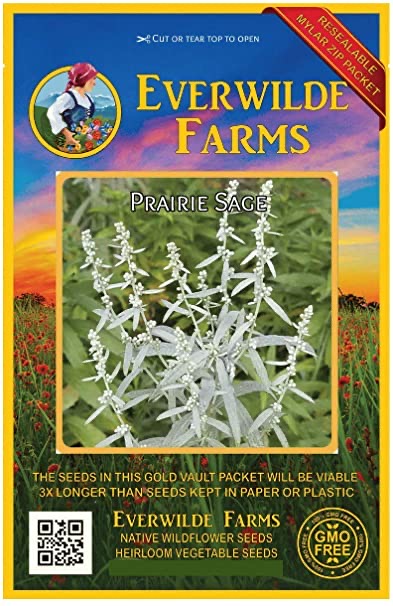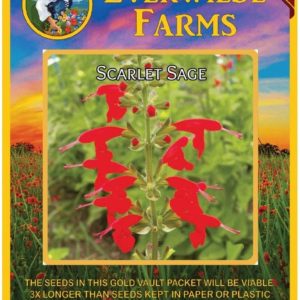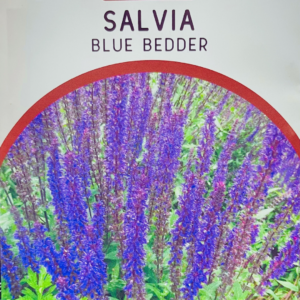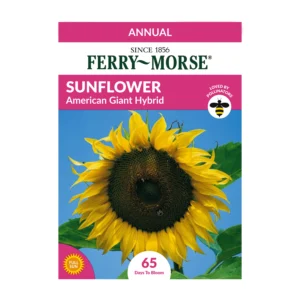PRAIRIE SAGE SEEDS
2,000 د.ك
Prairie Sage seeds spring up naturally on dry slopes, canyons, open woods, and dry prairies. Its silvery foliage is a food source for animals such as grouse, jackrabbits, antelope, and pronghorn. This plant was one of the most commonly used by Native American tribes, who had numerous medicinal and ceremonial purposes for prairie sage. Burning dried bundles of sage was believed to have a cleansing effect, and took place at the start of traditional ceremonies as well as in sweat lodges. Infusions of the leaves often benefited sore throat or stomach cramps, while breathing in the vapors brought relief for respiratory problems. Interestingly, prairie sage belongs to an entirely different plant family than culinary sage; the FDA has classified prairie sage as unsafe for internal use, since it contains substances that can be dangerous in large doses. You can still buy these herb seeds online for an herb garden.
Sowing: Direct sow prairie sage seeds on the surface of the soil in late fall. For spring planting, stratify by mixing the seed with moist sand and storing it in the refrigerator for 30 days before direct sowing. To start indoors after stratifying, sow the seed on the surface of a flat; keep it lightly moist and at a temperature of 65-70 degrees F until germination. Transplant seedlings as soon as they develop a good root system.
Growing: This plant grows well in poor soil and adapts to rocky, sandy, or clay soils. It tolerates drought well, but does not do well in high humidity. The tops of the stems can be pinched back in spring to tidy the plant’s growth; if it begins to decline in summer, the foliage can also be cut back late in the season to promote new growth. When cut in the fall, new growth may appear through the winter. Since this rather aggressive plant both reseeds itself and spreads by means of rhizomes, deadheading the fading flower heads will help prevent excessive new growth. This plant repels deer and rabbits, and helps with erosion control. Its striking silver foliage makes it a good choice for contrast in plantings, and its hardy spread makes it a carefree, bushy ground cover.
Harvesting: Stems can be harvested from the mature plant any time before the flowers appear. For drying, bundle the stems together and hang them to dry in a warm place away from direct sunlight.
Seed Saving: Gather the seed heads as soon as they turn brown and contain mature, dark colored seed. Strip them from the stalk and spread them out to dry in a dry, warm place away from direct sunlight. Thresh the heads to remove the seed. Store the prairie sage seed in a cool, dry place.
Common Names: Dusty Miller, Native Wormwood, White Sage,White Sagebrush, Louisiana Sagewort
Latin Name: Artemisia ludoviciana
Species Origin: US Native Wildflower
Type: Native Wildflowers
Life Cycle: Perennial
USDA Zones: 1, 2, 3, 4, 5, 6, 7, 8, 9, 10, 11
US Regions: California, Mountain, Arid/Desert, Plains/Texas, Midwest, Northern, Northeast, Southeast
Seeds per Ounce: 250,000
Stratification: Cold/Wet for 4 Weeks
Germination Ease: Stratify 4 Weeks
Sunlight: Full Sun, Part Sun
Height: 36 Inches
Color: White, Green
Bloom Season: Blooms Late Summer, Blooms Early Fall
Uses: Cut Flowers, Dried Flowers
غير متوفر في المخزون







